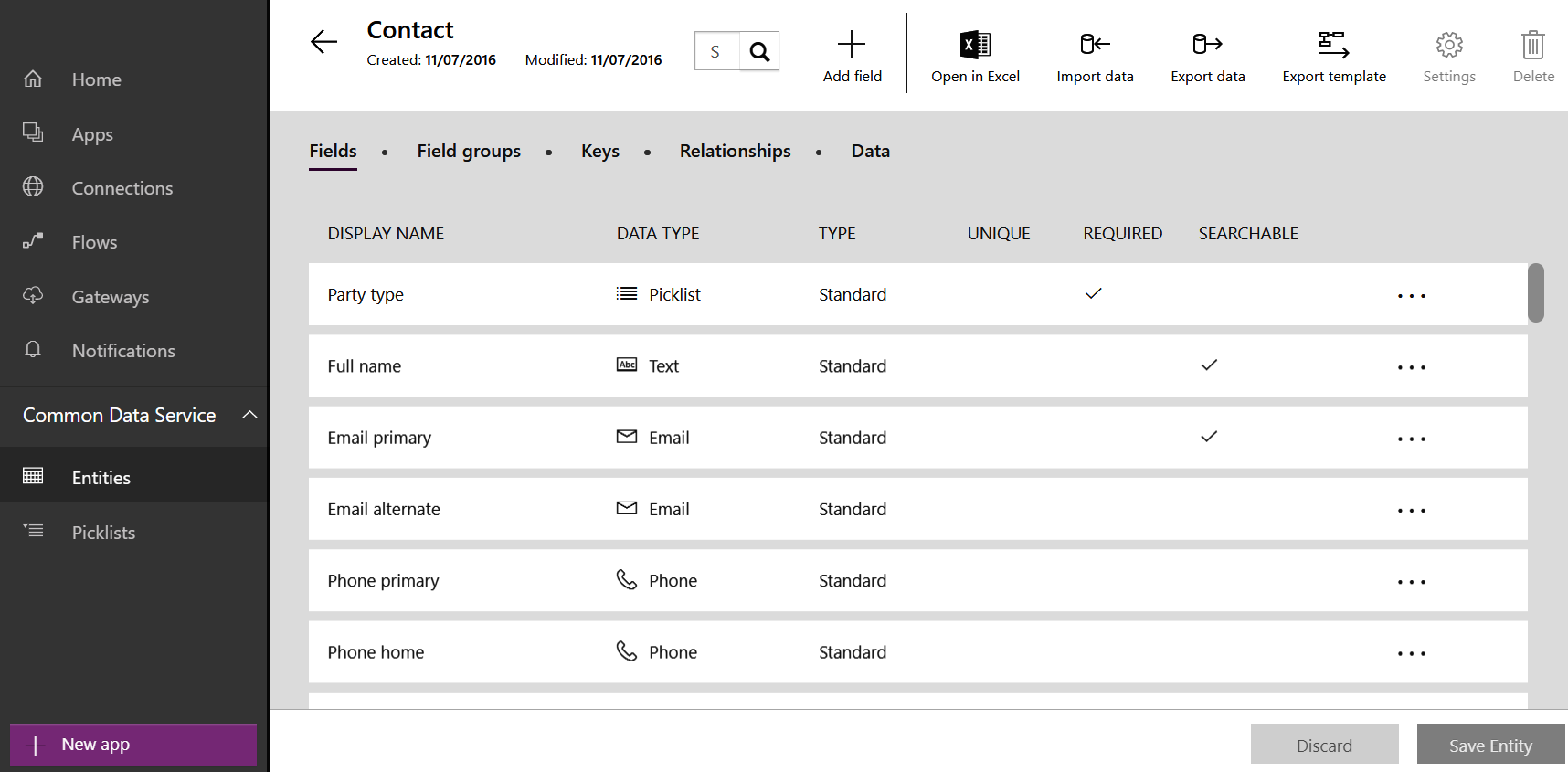Overview of this book
Microsoft Dynamics 365 for Finance and Operations is a modern cloud ERP platform that adopts a mobile-first approach suitable for medium-to-large enterprises. This book covers the entire implementation process of Dynamics 365 Finance and Operation Apps, including post-implementation and business transformation.
The updated second edition starts with an introduction to Microsoft Dynamics 365, describing different apps and tools under it. You will learn about different implementation methodologies such as Waterfall and Agile, for your projects. We will cover various application components and architectures of Dynamics such as requirements processing, development, reports and analytics, and integration. With the help of tips, techniques, and best practices, you’ll explore strategies for managing configurations and data migrations. As you read further, you’ll discover development tools and processes in Dynamics for building customized solutions in Dynamics. The book will also demonstrate analytics and financial reporting options such as Power BI and Cortana Intelligence. Finally, you’ll learn the importance of testing and explore various automated testing strategies.
By the end of this book, you will have gained the necessary knowledge to implement Microsoft business solutions with Dynamics 365 for Finance and Operations Apps.










